Viva Arte Viva
Text: Moritz Niehues and Irene Daum | Section: Articles about Artists
Summary: The 57th Venice Biennale presents a broad range of projects related to science and art. The Austrian Pavilion deals with issues of self-perception and social communication, the central messages are conveyed by mirror objects and light installations. In its video work, the Greek Pavilion addresses basic questions of ethics and morality. The workshops and exhibitions in the Research Pavilion aim at promoting the dialogue between art and scientific research regarding topics such as virtual reality.
The 57th International Art Exhibition entitled Viva Arte Viva took place in Venice from May 13th to November 26, 2017 and included 85 national pavilions. German artists have been exceptionally successful, winning the two top awards at the same time, a first in Biennale history. The Fulda-based artist Franz Erhard Walther was awarded the Golden Lion as Best Artist for his large scale work Textil in the main exhibition. The German Pavilion created by the Frankfurt-based artist Anne Imhof won the Golden Lion for the best national pavilion. Anne Imhof`s performance Faust lasts several hours. According to the artist, her work stands for the right to be different. The pavilion was opened by Foreign Minister Sigmar Gabriel on May 10th.
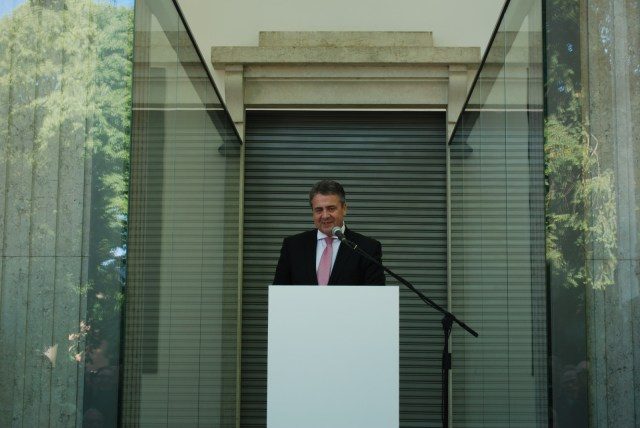
Art and Science Links in the National Pavilions
Exhibitions related to links between art and science are presented in the national pavilions of Austria and Greece located at the traditional Biennale venue in the Giardini in the Castello district. Apart from work by Erwin Wurm, the Austrian Pavilion shows mirror objects and light installations which involve projections of numbers, characters and terms by Brigitte Kowanz. The artist creates complex spaces in which the viewer is confronted with multiple mirror images of himself, linking the experience to the psychological mechanisms of self-reference and self-perception. The combination of light, language, space and the viewer in Brigitte Kowanz` work represents a reflection upon the complexity of communication structures. The aim of the project is to trigger a new relationship between painting, architekture and language. Art works in glass by Brigitte Kowanz and Erwin Wurm are exhibited in the Glasstress project in the Palazzo Cavalli-Franchetti, the seat of the Istituto Veneto di Scienze, Lettere ed Arti (the Venetian Academy of Science and Art).
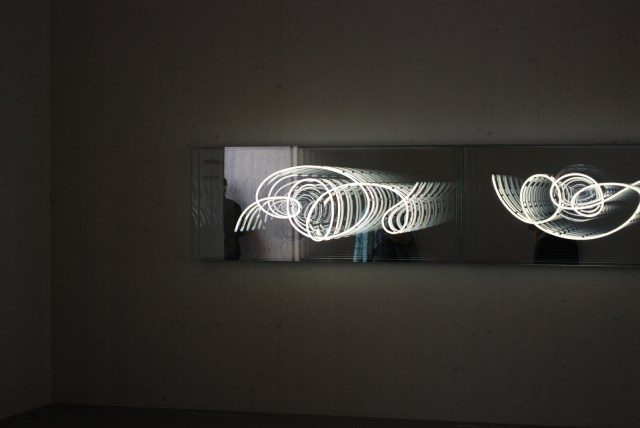
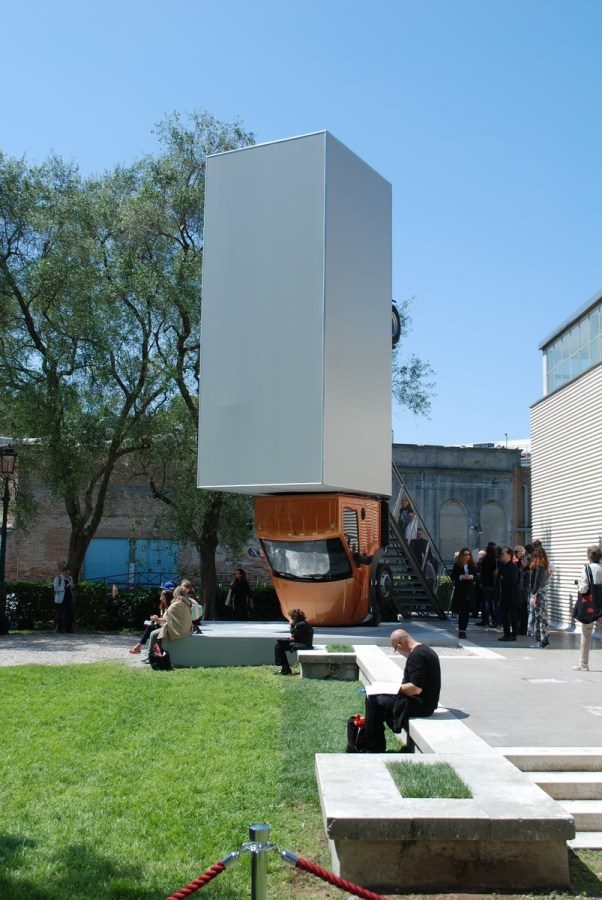
The Greek Pavilion
Broader issues of morals and ethics are addressed in a video installation in the Greek Pavilion. The subject of the video is a scientific medical experiment and the implications of its results. The project Laboratory of Dilemmas which is based on Aischylos‘ play Hiketides is presented by the video artist Giorgios Drivas und the curator Orestis Andreadakis. The documentary-type video shows a laboratory experiment which went wrong. New types of cells were generated unexpectedly and they pose a threat to the existing cell cultures. The scientists – among them famous actors – discuss the information policy for the general public given the potentially dangerous implications of the experiment which might trigger fear and anxiety and unpredictable consequences. On a more general level, the project addresses dilemmas in relation to the benefits and risks of scientific progress and the balance of pros and cons in dealing with the unfamiliar. The artist and the curator want to make a contribution to the overcoming of fear and prejudice, e.g. in the context of the current political debate on migration.

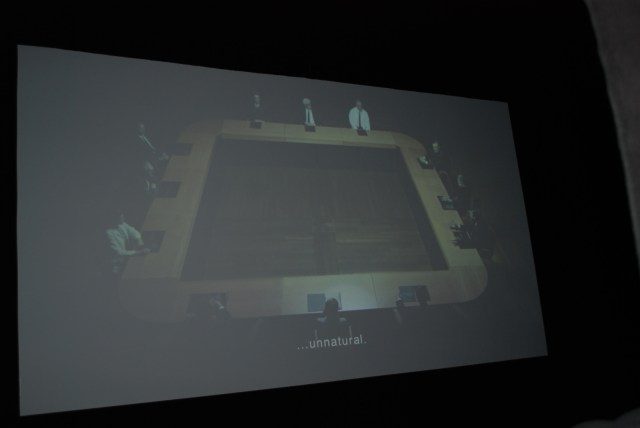
Support by Lorenzo Quinn
A number of exhibitions are presented in museums, palazzi and other venues in the historical old town, in addition to the traditional venues in the Arsenale and the Giardini. The 9 m high sculpture entitled Support by the Italian-American artist Lorenzo Quinn constitues a true technical masterpiece. It was implemented in collaboration with the Halcyon Gallery London and the Venice Municipality. Huge white hands rise from the Canal Grande at the Campo Santa Sofia. They appear to support the Palazzo Sagredo, they remind the viewer of the threat of destruction of the city and of the consequences of global climate change, rises in precipitation levels and frequent floods. The monumental sculpture was realized in close collaboration of the artist and a large team of engineers and technicians which had to meet the special challenges associated with transport by boat, stable setup in the Canal Grande and the continuous change of water levels (Campo Santa Sofia 4198).
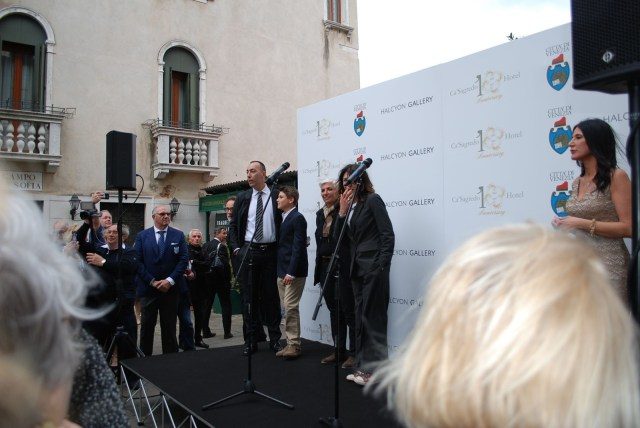

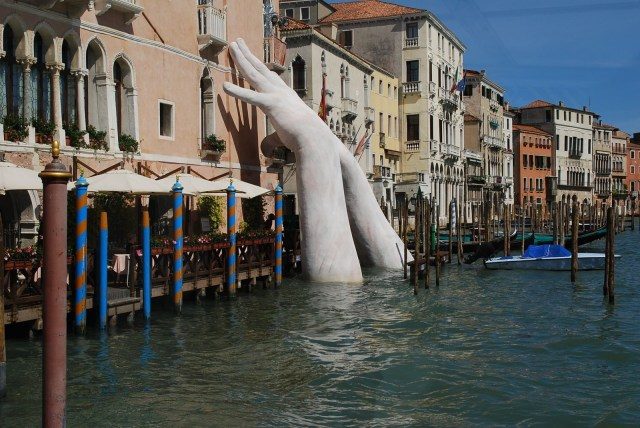
The Research Pavilion on the Giudecca Island
Following the pilot project which was introduced during the 2015 Biennale, the programme of the current Biennale also includes a pavilion dedicated to links between art and science entitled Utopia of Access. The Research Pavilion is located on the Campo San Cosmo on the Giudecca Island.1 The project entails several art exhibitions and 46 multidisciplinary events, with contributions by more than 100 artists-scientists. The Pavilion is organized by the University of Arts Helsinki in collaboration with the Norwegian Artistic Research Programme (NARP) and several Swedish University Art Instituts. The University of Fine Arts Vienna and the University of Arts Zurich also contribute to the art exhibitions and the lecture programme. According to the commissioner, Prof. Anita Seppä, the pavilion aims to strengthen the dialogue between contemporary art and scientific research and to explore new multidisciplinary exhibition practices. Key topics are the relationship between art and geopolitcs and the effects of new visual techniques, the use of experimental and empirical methods and the importance of virtual worlds.
Microhistories
The opening event on May 10th 2017 entitled Microhistories was organized by the Association of Swedish Art Universities and addressed the relationships and interactions between history, politics and visual arts. Dr. Suzana Milevska, a scientist born in Macedonia who currently works at the Polytechnic University in Milan, presented a paper on the design of public buildings and art works in the context of the Skopje 2014 project. She stressed that following policy guidelines, new works were mainly based on classical designs such as triumphal archs or a monumental statue of Alexander the Great. They suggest a historial and political past which is not in accordance with historical facts (Alexander the Great was never in Skopje) and the recent past is ignored. Dr. Milevska presented a number of examples of how art was instrumentalized to induce false memories about Macedonia`s history.
Further Events in the Research Pavilion
The Research Pavilion will host the exhibition Galleria del Vento by Florian Dombios from July 8th to August 13th, 2017.1. During the course of the project, the artist will construct a wind tunnel in the exhibition space of the pavilion with the help of a machine from his research lab in Zurich. He will integrate material which he collects daily by boat in the lagoon into the art work. There will be workshops and discussions relating to the project on each Saturday. The Galleria del Vento project is followed by an exhibition and discussion project entitled Hauntopia/What If organized by the University of Fine Arts Vienna which will run from September 8th to October 15th, 2017.
[1] Research Pavilion, address: Campo San Cosmo 621, Giudecca Island Venice, May 11 to October 15th, 2017. Opening hours: Tuesday to Sunday 10 – 18 h, Free entrance (closed for changes of exhibitions in the periods between July 3rd and 7th, August 14th and 17th and August 28th and September 7th, 2017).
How to cite this article
Moritz Niehues (2018): Venice Biennale 2017: Art and Science. w/k–Between Science & Art Journal. https://doi.org/10.55597/e3137
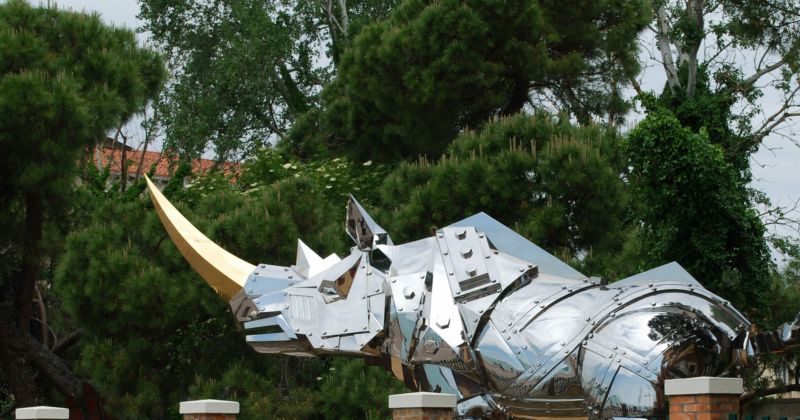

Be First to Comment